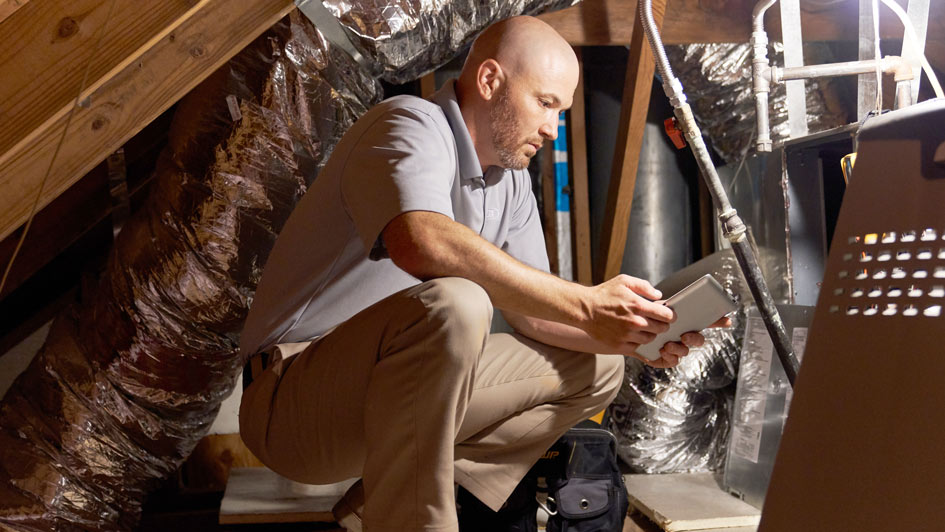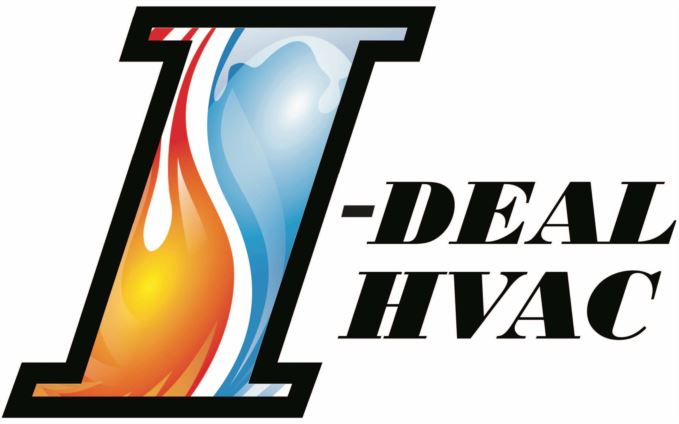
Did you know that more than 50% of your home’s energy costs are for your heating and cooling? This is why it’s essential to secure an energy-efficient HVAC system.
Furnace efficiency standards were last modified to an Annual Fuel Utilization Efficiency (AFUE) rating of 80% in 2015. This rating system measures how effective your furnace is at combusting natural gas into heat. An AFUE rating of 80% means your furnace will waste about 20% of the fuel it uses while generating heat.
In 2022, President Biden devised new energy-efficiency standards for residential gas furnaces that would significantly reduce emissions, save customers money and promote sustainability.
This proposal is expected to:
- Save Americans $1.9 billion annually.
- Reduce carbon emissions by 373 million metric tons and methane emissions by 5.1 million tons over 30 years, the equivalent of what 61 million homes emit each year.
Starting in 2029, the updated rule would demand all new gas furnaces to feature AFUE ratings of 95%. This means furnaces would turn nearly 100% of the gas into usable heat.
So what does all of this mean for your existing furnace in 2023? Currently, very little, as the proposed rule wouldn’t go into effect until 2029 at the earliest and doesn’t affect furnaces that are already in use.
But if your furnace is nearing the end of its life and a replacement is needed in soon, highly energy-efficient furnaces are already available. Learn how these furnaces can lower your monthly energy bills.
Guide to Condensing Furnaces
How Condensing Furnaces Work
A condensing furnace is a style of heating system that uses a secondary heat exchanger to collect wasted heat from the furnace's exhaust gases. This limits the extent of energy wasted, enhances energy efficiency and lowers greenhouse gas emissions. It also involves less natural gas to create the same amount of heat in comparison to other types of furnaces.
How Condensing Furnaces Differ from Non-Condensing Furnaces
The primary difference between a condensing furnace and a non-condensing furnace is that the former uses a secondary heat exchanger to capture any wasted heat from its exhaust gases, while the other does not.
Equipment Lifespan
The life span of a condensing furnace depends on the brand, model and other factors. Generally speaking, a condensing furnace should last between 10-20 years with appropriate maintenance and regular service. If your heating system doesn’t have regular furnace maintenance, it may struggle to perform as well, ultimately failing earlier than anticipated.
Why Condensing Furnaces Require a Higher Investment
Generally, condensing furnaces enhanced precision is a lot more efficient than traditional furnaces, as it only uses the minimum amount of energy necessary to heat your home, which subsequently saves money on your utility bills.
Many variable-speed furnaces are condensing furnaces, although some are available in non-condensing models with lower AFUE ratings. If a manufacturer wants a furnace to be classified as a condensing furnace, it must offer an AFUE rating of 90% or higher.
Do Variable-Speed Furnaces Run Constantly?
A variable-speed furnace doesn’t operate all the time. Rather, it runs at different speeds based on the temperature in your Albuquerque home as well as the amount of energy it needs to reach that temperature.
When sufficient energy is required to maintain your desired temperature level, the furnace will shift to a higher speed in order to keep up with demand. Precise fan speeds offer more efficient heating in your home while also providing quieter operation.
Guide to Two-Stage Furnaces
Two-Stage Furnaces: What They Are and How They Work
A heating system with two settings of operating - high and low - is called a two-stage furnace. On the low stage, the furnace runs at a reduced capacity in order to maintain the desired temperature at your home more efficiently. During the high stage, the furnace will instead operate at full capacity to satisfy demands for more heat. With a two-stage furnace, you can enjoy enhanced energy efficiency and consistent temperatures everywhere in your home.
While two-stage furnaces are exceptionally efficient, not all all types are condensing furnaces.
Does a Two-Stage Furnace Run All the Time?
A two-stage furnace should not run constantly. In the low stage of operation, the furnace performs at limited capacity in order to sustain a preferred temperature more efficiently within your home. When a greater demand for energy is needed to sustain the set temperature, the heating system shifts to its high stage and operates at full capacity. As such, two-stage furnaces are proven to help reduce energy costs without operating constantly.
Comparing Two-Stage and Variable-Speed Furnaces
Two-stage furnaces have two stages of functionality, low and high. During the low stage, the furnace runs at reduced capacity as a way to sustain a desired level of comfort within your home. When a greater demand for warmth or cooling is desired, the furnace will change over to its high stage and operate at peak capacity.
Variable-speed furnaces, meanwhile, can operate at multiple speeds in order to maintain a desired temperature more consistently at home. With more options for temperature settings, you also have more flexibility for heating you home and can enjoy greater savings on energy bills.
Differences Between One- and Two-Stage Furnaces
One-stage furnaces have a single stage of operation and operate either at full power or not at all. As a result, the furnace is always running in order to maintain a desired temperature within your home.
Two-stage furnaces, on the other hand, have two stages of operation, low and high. During the low stage, the furnace runs at reduced capacity in order to maintain the desired temperature more efficiently. When a greater demand for warmth or cooling is desired, the furnace will switch to its high stage and operate at peak capacity.
Schedule Your Furnace Installation with I-Deal HVAC Today
It takes experience and dedication to stay up to date about furnace technology advancements. That’s why I-Deal HVAC professionals are here to help with a no-obligation, no-pressure quote for furnace installation. We’ll assess your home, your heating needs and your budget before helping you find the right solution. Call us at 505-317-9598 to get started today!
